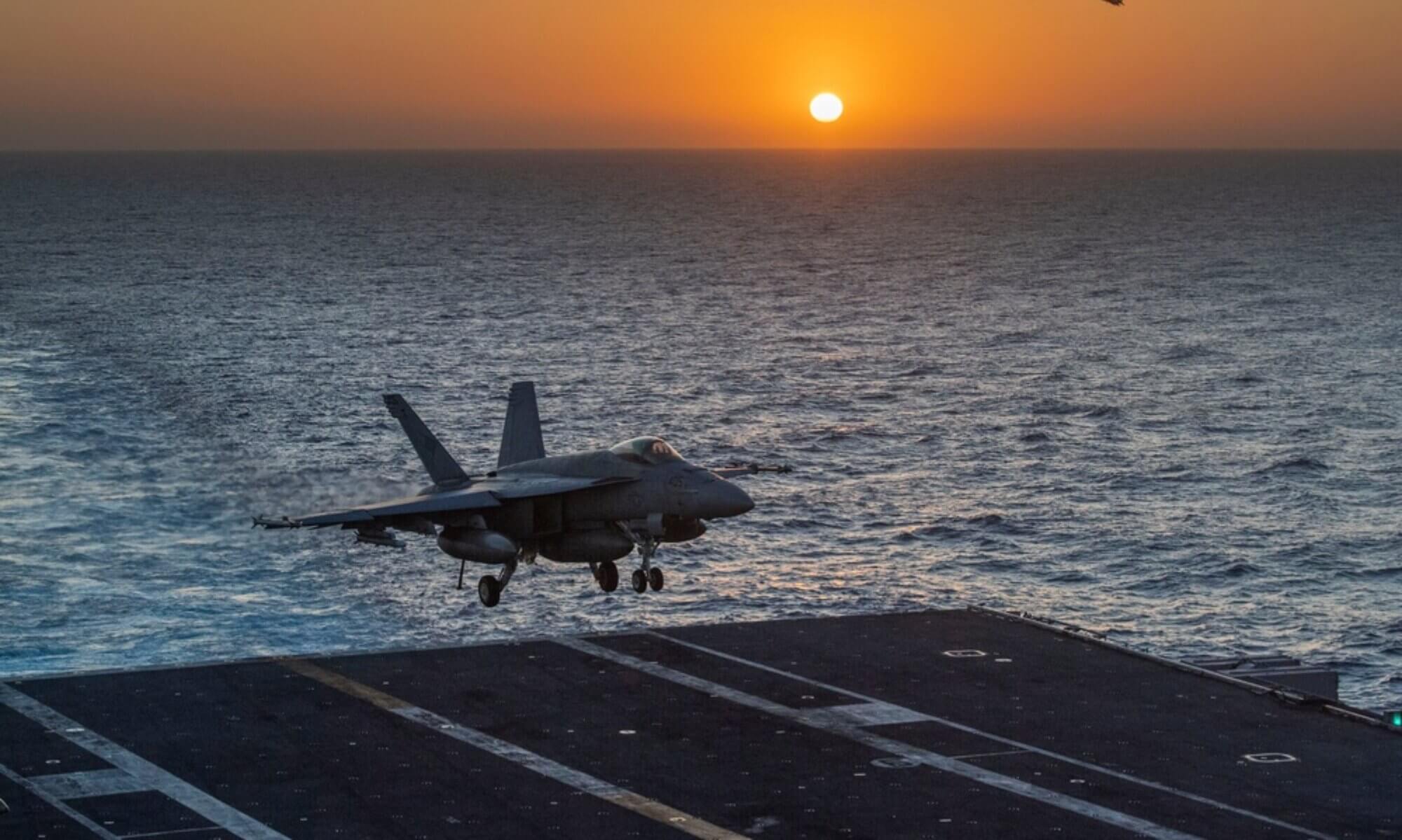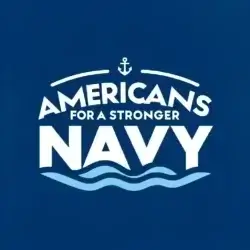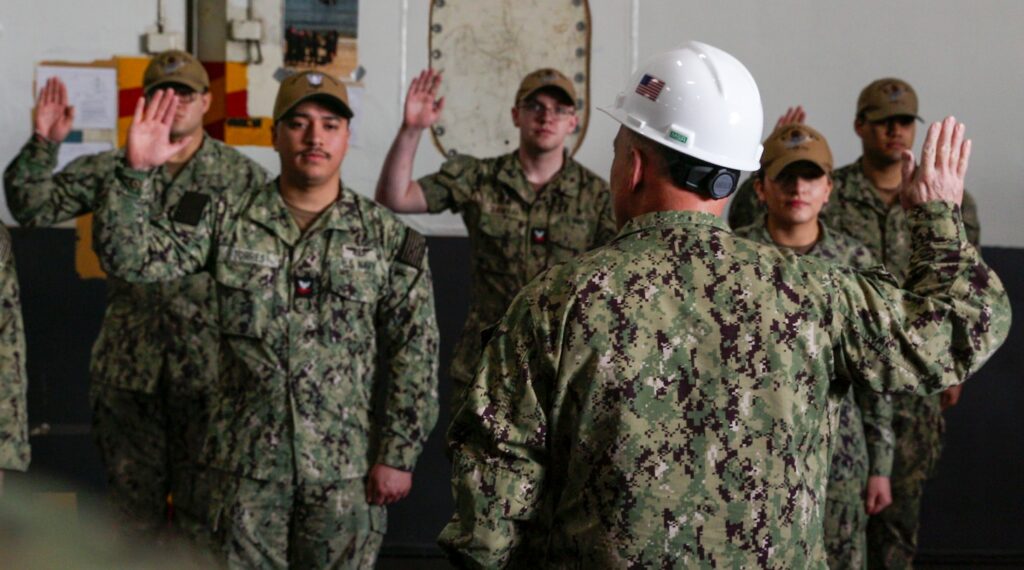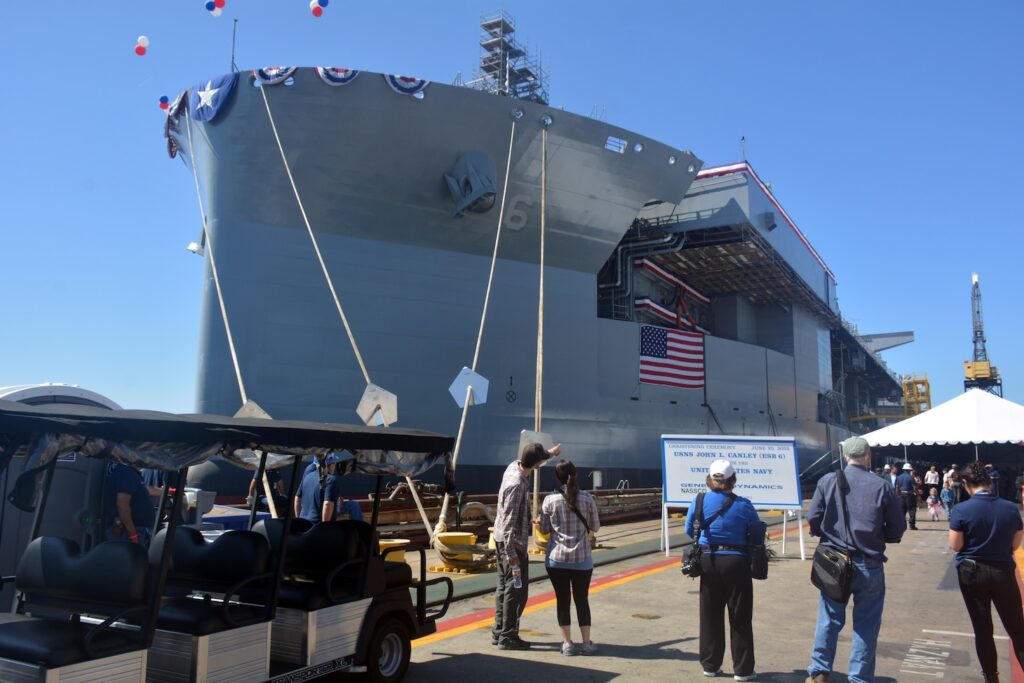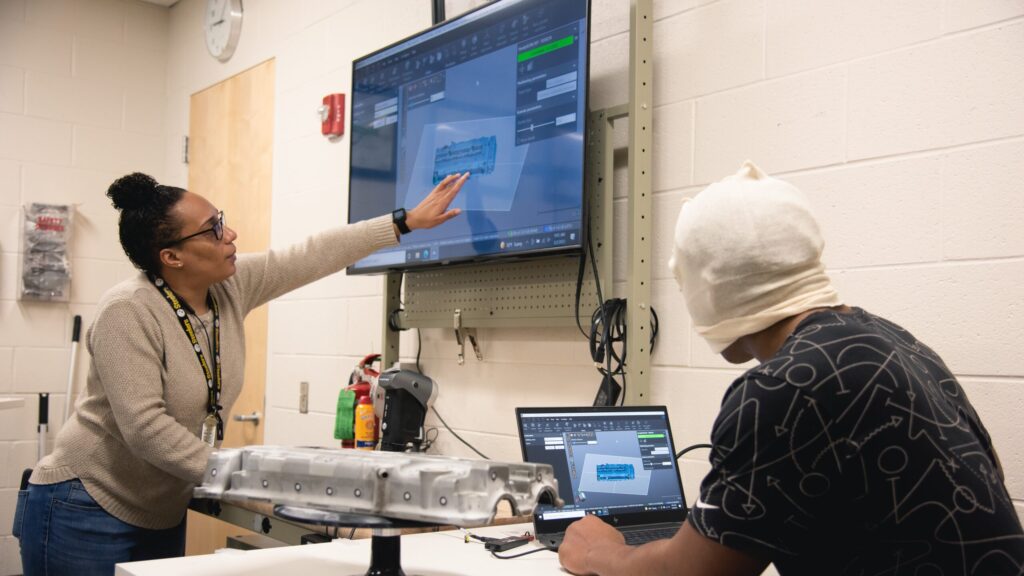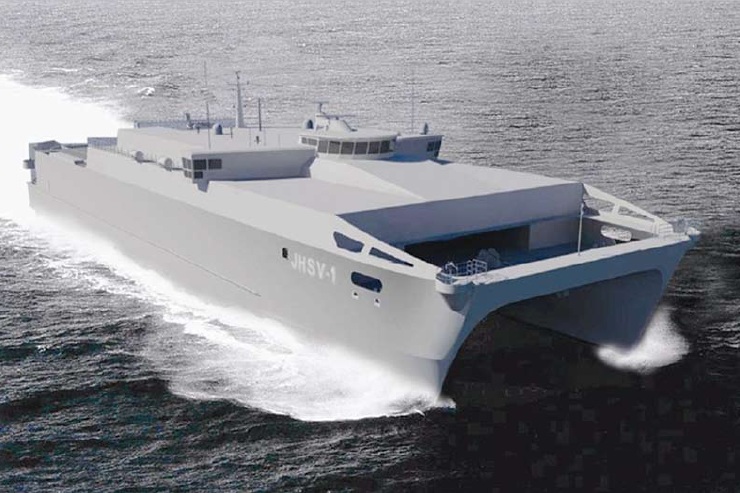ThirdEye Gen, a provider of augmented and mixed reality solutions, has won a contract from the US Navy to enhance its operations with augmented reality technology. The company will provide its X2 MR Glasses and software platform to enable hands-free access to critical information in real-time. The technology will improve situational awareness, reduce errors, and enhance the overall performance of Navy personnel. The contract marks a significant milestone for ThirdEye Gen as it expands its presence in the defense industry.
Why does this matter?
The US Navy has recognized the potential benefits of augmented reality technology in enhancing its operations. With the use of ThirdEye Gen’s X2 MR Glasses and software platform, Navy personnel can access critical information in real-time and hands-free, which improves their situational awareness and reduces errors. The technology can also enhance the overall performance of Navy personnel, thereby improving the efficiency and effectiveness of their operations.
How does Augmented Reality work?
Augmented reality (AR) is a technology that overlays digital information or virtual objects onto the real-world environment in real-time. It’s different from virtual reality (VR) which creates a completely immersive, computer-generated environment.
AR can be experienced through devices like smartphones, tablets, or special glasses that use cameras, sensors, and software to superimpose digital content on the user’s view of the physical world. This can include anything from 3D models and animations to text, images, and videos.
AR has a wide range of applications, from gaming and entertainment to education, healthcare, and manufacturing. It can also be used for training and simulation purposes, as well as in military and defense operations to enhance situational awareness and decision-making capabilities.
